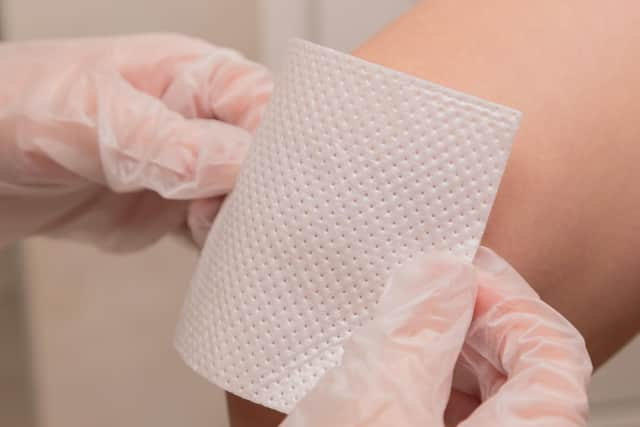How to treat a burn or scald: Lancashire Fire and Rescue's safety advice for National Burn Awareness Day
and live on Freeview channel 276
Since 2007, a total of 180 burn injuries had been reported across the Fylde coast, some 96 of which were children, according to the Children's Burns Trust.
For National Burns Awareness Day on October 13, Lancashire Fire and Rescue Service issued safety advice to prevent burns or scalds, which can impact victims for many years following an injury.
Advertisement
Hide AdAdvertisement
Hide AdIn the UK, some 8,013 children were burned or scalded last year, and the top causes were tea or coffee, hair straighteners, hot fluids and electric ovens.


How can I prevent a burn or scald?
*Check the temperature of bath water for children
*Make sure pan handles aren't sticking out away from the hob in case they are accidentally knocked
*Don't wear loose clothing while cooking
*Keep kettles, irons and hair straighteners out of reach of children
*Put a fire guard on an open fire
*Don’t leave children unattended in kitchens or near fires or heaters
*Store matches and candles out of reach
*Be cautious around fireworks and bonfires
Help! I've burned myself. How can I treat it?
Advertisement
Hide AdAdvertisement
Hide Ad*Run lukewarm water over the burn for twenty minutes as soon as possible after the injury occurs, to help reduce scarring.
*Keep yourself or the patient warm while doing this, as they could go into shock. Do not use any other creams or gels, only clean lukewarm running water.
*Remove clothing, nappies and jewellery near the burnt area if you can, however if it is stuck don't attempt to remove it as it could cause more damage.
*Cover in a single layer of clingfilm to keep clean and sterile but don’t wrap too tight. Put the cling film in a layer over the burn, rather than wrapping it around a limb. A clean clear plastic bag can be used for burns on your hand.
*Treat the pain from a burn with paracetamol or ibuprofen.
*Call 999, 111 or your GP if you consider the burn to be serious and always seek medical advice if a child or baby has been burned.